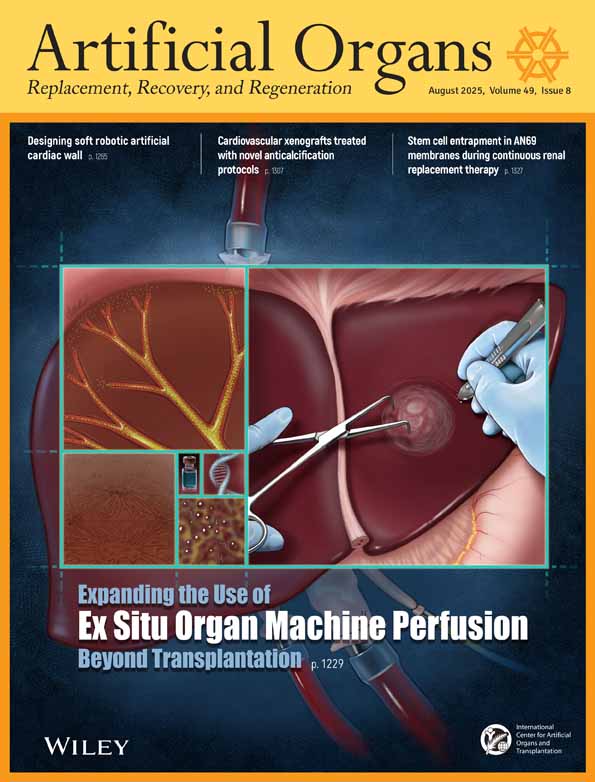Synergistic Effect of Released Aspirin/Heparin for Preventing Bovine Pericardial Calcification
Abstract
Abstract: Calcification is a frequent cause of the clinical failure of bioprosthetic heart valves fabricated from glutaraldehyde pretreated bovine pericardium (GATBP). Aspirin, a potent antiplatelet drug, and heparin, an anticoagulant, are commonly used for postimplant complications such as thrombosis and thromboembolism. Aspirin and heparin were embedded in chitosan/polyethylene vinylacetate co-matrix to develop a prolonged release form. The effect of these drugs towards the bioprosthetic calcification was investigated by in vitro and in vivo models. In vitro and in vivo evaluation suggest that the released aspirin/heparin from the co-matrix had a synergistic effect in inhibiting GATBP calcification. In vivo subcutaneous co-implantation was performed with PEG-20,000 grafted bovine pericardium (PEG-GABP), aspirin, and heparin. Biochemical, histological, and scanning electron microscopic evaluation of retrieved samples demonstrated a significant reduction in calcium deposition and alkaline phosphatase activity on PEG-GABP compared to GATBP. It seems that the aspirin/heparin combination synergistically inhibits the pericardial calcification in addition to their antithrombotic function.




